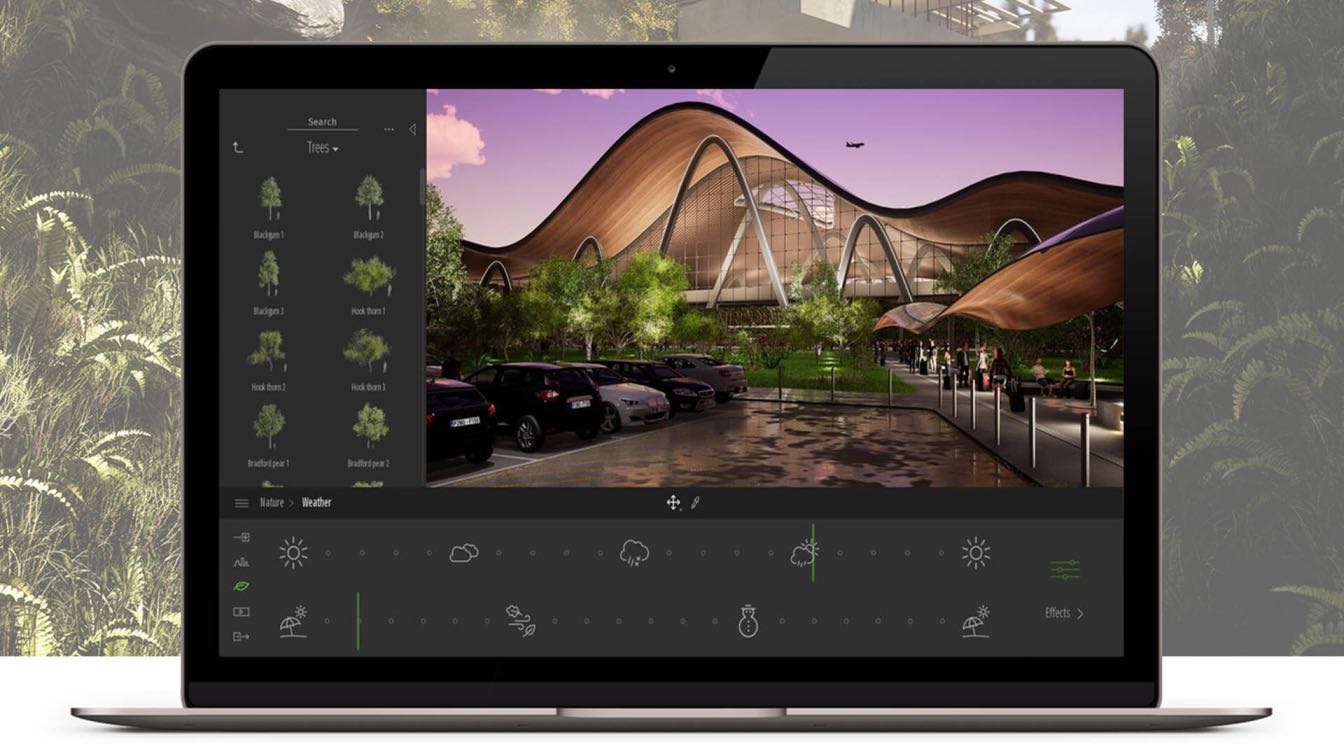Managing the financial side of your architecture business isn't just about paying bills on time or balancing accounts. It's a strategy that has a direct impact on your bottom line.
Optimal financial management can help you streamline operations, reduce unnecessary costs, and ultimately increase the return on investment (ROI) for your business—make deliberate decisions that enhance cash flow, improve profitability, and prepare your architecture firm for future growth.
Efficient Budget Planning for Improved Profit Margins
A well-designed budget helps you track revenue, manage expenses, and allocate resources where they generate the highest value.
Start by clearly outlining your projected expenses, including fixed costs like rent and payroll, as well as variable costs such as project materials and marketing. By being proactive with your budgeting, you gain the ability to anticipate financial bottlenecks and implement cost-saving strategies before problems arise.
Consider implementing a zero-based budgeting approach. Unlike traditional budgeting, zero-based budgeting requires you to justify each expense from scratch, ensuring that every dollar spent directly supports business goals. Value-driven expenditures will reduce waste and increase your margins.
Keep a flexible budget to reallocate funds based on new opportunities or unexpected challenges, ensuring your firm remains both agile and financially stable.
Cash Flow Management as a Foundation for Stability
Maintaining healthy cash flow is the lifeblood of any successful architecture business—this means ensuring you have enough money to cover ongoing expenses and invest in new opportunities.
For instance, invoice factoring streamlined by outsourcing specialized companies can be an effective solution to improve cash flow by converting outstanding invoices into immediate cash, helping you maintain operational stability. Efficient cash flow practices help you avoid cash shortages that could impede operations or hinder project delivery.
To optimize cash flow, consider negotiating better payment terms with both clients and vendors. When negotiating client contracts, aim for payment structures that distribute income more evenly throughout the project, rather than a large portion being paid at the end. This ensures that your operational costs are consistently covered, reducing the pressure of front-loading expenses. Likewise, try to negotiate longer payment terms with suppliers where feasible to ease immediate cash outflows.
Tracking your accounts receivable is equally important. Consistent follow-ups on unpaid invoices help you avoid delays that can negatively impact your cash reserves. Automate payment reminders or establish clear policies on overdue accounts to encourage clients to pay on time, thereby keeping cash flow steady.
Cost Control Measures that Boost Profitability
Efficient cost control is one of the most direct ways to boost your architecture firm's profitability. Focus on distinguishing between necessary and unnecessary expenses, and eliminate costs that do not contribute to your long-term growth.
One of the first steps to effective cost control is gaining visibility into your spending habits by breaking expenses into specific categories like labor, materials, and overheads—this level of insight helps identify areas where spending can be reduced without compromising project quality.
Invest in the Latest Tech
Utilize project management software to streamline operations and minimize the chances of costly errors. Technologies that help in tracking project timelines, resource allocation, and document management can reduce redundant work and maximize productivity.
While the upfront cost might seem high, the long-term gains often justify the investment, resulting in increased profitability and efficiency.
Renegotiate Contracts
Renegotiating contracts with suppliers and service providers is another effective cost-control measure. By reviewing current agreements, you may find opportunities to lower costs through volume discounts, longer-term commitments, or simply identifying cheaper alternatives.
These savings, no matter how small, can add up over time and have a meaningful impact on your bottom line.
Financial Performance Metrics for Measuring Success
Understanding key financial metrics is fundamental to tracking your architecture firm's growth and profitability. Metrics like net profit margin, operating cash flow, and return on investment provide insight into how well your firm is performing financially.
Consistently measure these metrics to make informed decisions that align with your business objectives and ensure continued growth.
Net Profit Margin
This indicates how much profit your firm makes after all expenses are paid. A higher net profit margin reflects efficient cost management and strong overall profitability. By analyzing changes in your profit margin over time, you can determine whether recent cost-cutting measures or investments are yielding the desired impact.
Return on investment (ROI)
A valuable metric to track, as it helps you determine the profitability of different initiatives. Whether you’re investing in marketing, hiring additional staff, or upgrading software, calculating ROI helps you decide whether these expenditures are providing adequate returns relative to their cost. If certain investments are not yielding the expected ROI, consider reallocating funds to initiatives that have proven to be more effective.
Operating Cash Flow
This metric measures the cash generated by your firm's core operations and indicates whether your business can sustain itself without relying on external financing. Healthy operating cash flow shows that your firm is generating enough income to cover operating expenses, reinvest in growth, and weather unexpected challenges.
Conclusion
Optimal financial management is the key to maximizing the return on investment for your architecture business. By focusing on efficient budget planning, healthy cash flow practices, effective cost control, and tracking critical financial metrics, you can drive both profitability and growth for your firm.
Successful financial management goes beyond number crunching—it requires strategic decisions that align with your business goals and help you adapt to changing market conditions. With the right approach, you can strengthen your firm’s financial foundation, allowing you to achieve greater stability and profitability over time.





